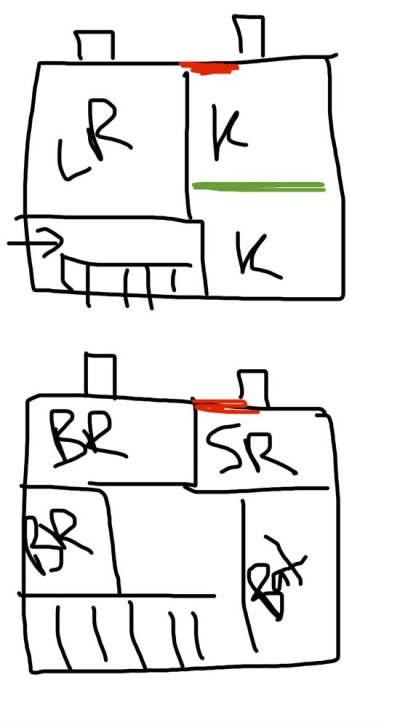Historic Housesitter
Both seeker and imparter
- Messages
- 19
- Location
- Kent
I'm looking back over my comments and think I should have been clearer, rather than trying to simplify sentences. I have been on this thread all day it seems, so have probably missed bits of sentence out without realising, even after reading again. Typing the thoughts of a brain that works faster than fingers... and a day always has other things to do.I’m intrigued by this comment - how does a cement render or a gypsum plaster suck moisture out of a wall? Particularly when so many on here have to hack such coverings off to allow their walls to dry out…
Two layers of fireproof pink plasterboard is probably overkill for the worst case 60 mins protection required for most homes which can be achieved by a single layer of 15mm pink plasterboard or two staggered layers of standard plasterboard. 60 minute intumescent paints are also available if you wanted to leave the timber exposed
It is my personal experience as the owner of a Victorian home (C1865) that has had the same treatment. The (cracked) render and plaster is rock hard, while the building itself is built from stock Victorian bricks and lime mortar.
My point was more about the inability of the new plaster to move and cope so easily with thermal expansion and hence crack, while the softer brick and lime pull away.
We too had damp issues, hence we got rid of the much of the R&P, but in the meantime if the mortar bed is soaked, it wouldn't be powdery or am I missing something?
Our soaked bit was more cottage cheese if you ask me...
Plasterboard:
My sentiments exactly: Two layers of plasterboard over a big 'H' RSJ is indeed overkill, but, sadly it was also the instruction from our (IMO) over-zealous local building control, doled out to a colleague who was renovating and selling up after following all instructions for their knock through of dining to kitchen last year...

